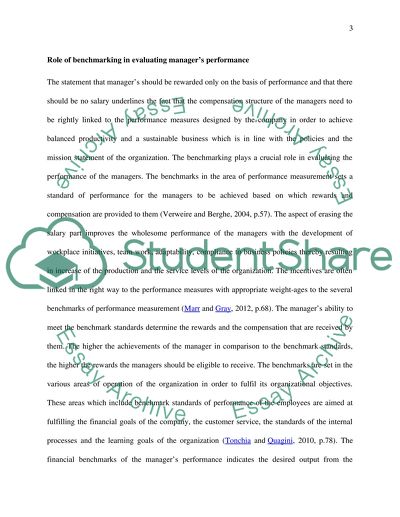Cite this document
(“Management Accounting Techniques and decisions Essay”, n.d.)
Management Accounting Techniques and decisions Essay. Retrieved from https://studentshare.org/finance-accounting/1492438-management-accounting-techniques-and-decisions
Management Accounting Techniques and decisions Essay. Retrieved from https://studentshare.org/finance-accounting/1492438-management-accounting-techniques-and-decisions
(Management Accounting Techniques and Decisions Essay)
Management Accounting Techniques and Decisions Essay. https://studentshare.org/finance-accounting/1492438-management-accounting-techniques-and-decisions.
Management Accounting Techniques and Decisions Essay. https://studentshare.org/finance-accounting/1492438-management-accounting-techniques-and-decisions.
“Management Accounting Techniques and Decisions Essay”, n.d. https://studentshare.org/finance-accounting/1492438-management-accounting-techniques-and-decisions.


